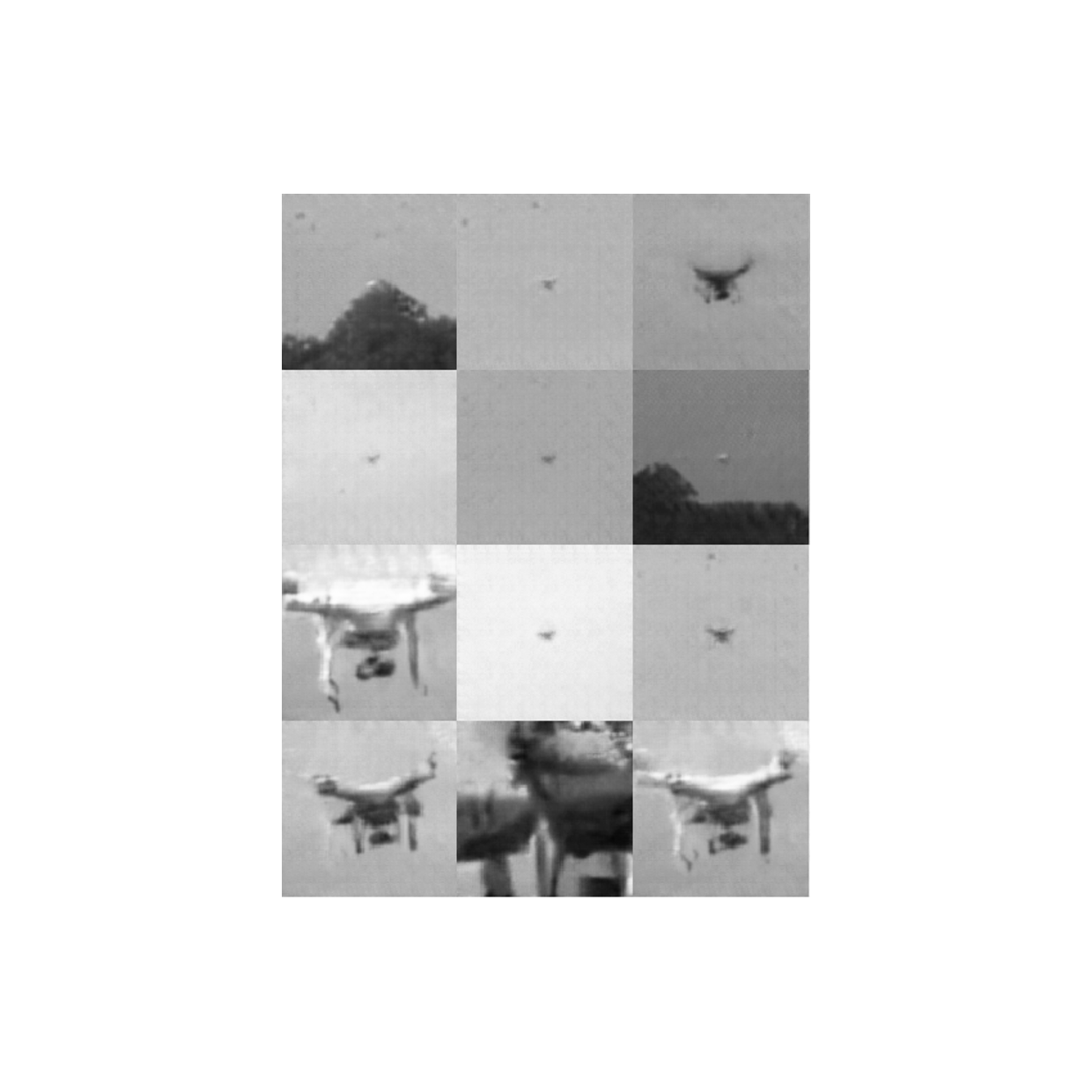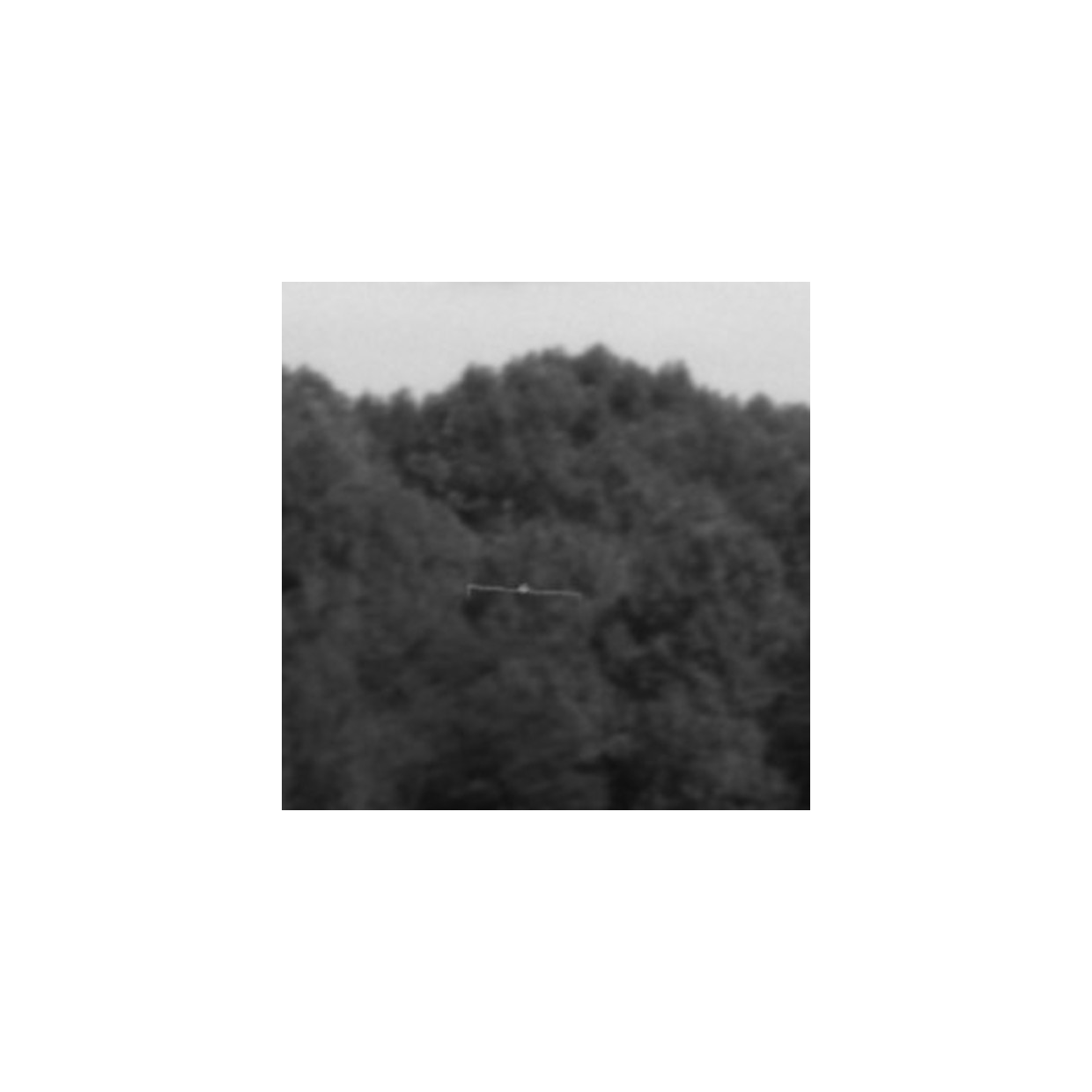Modeling and Simulation
DRA has extensive experience developing models and simulations of real-world problems such as:
- Synthetic target imagery of objects using Generative Adversarial Networks (GAN)
- Synthetic detection models using EO/IR/RF
- Multi-physics acausal modeling
- Synthetic target kinematics
- Fast Line-of-sight Imagery for Target and Exhaust-plume Signature (FLITES)
- Digital Twin
- Digital Transformation
Digital Twin is a virtual model which can be simple as a representation of projectile motion or a culmination of multiple simultaneous physical phenomena. The primary goal of modeling is to inexpensively, safely, and quickly iterate potential solutions to the system being modeled. The benefits of creating and using virtual models include: better research and development for creating the most optimal solution, lower maintenance costs as issues are predicted and corrected before production, and safely performing system scenarios. DRA uses digital twins, models and simulations where possible to produce the best solution.
Under NATO research program, DRA developed multi-physics models for electro-mechanical systems subject to external gravitational and aerodynamics forces. With the integration of Generative Adversarial Networks (GANs) and computer aided designs (CAD), DRA generated artificial image distributions of UASs to be used in training counter-UAS (CUAS) detection algorithms under DARPA. Along with this, DRA has implemented system physical models for real-time hardware-in-the-loop testing of aircraft components.





